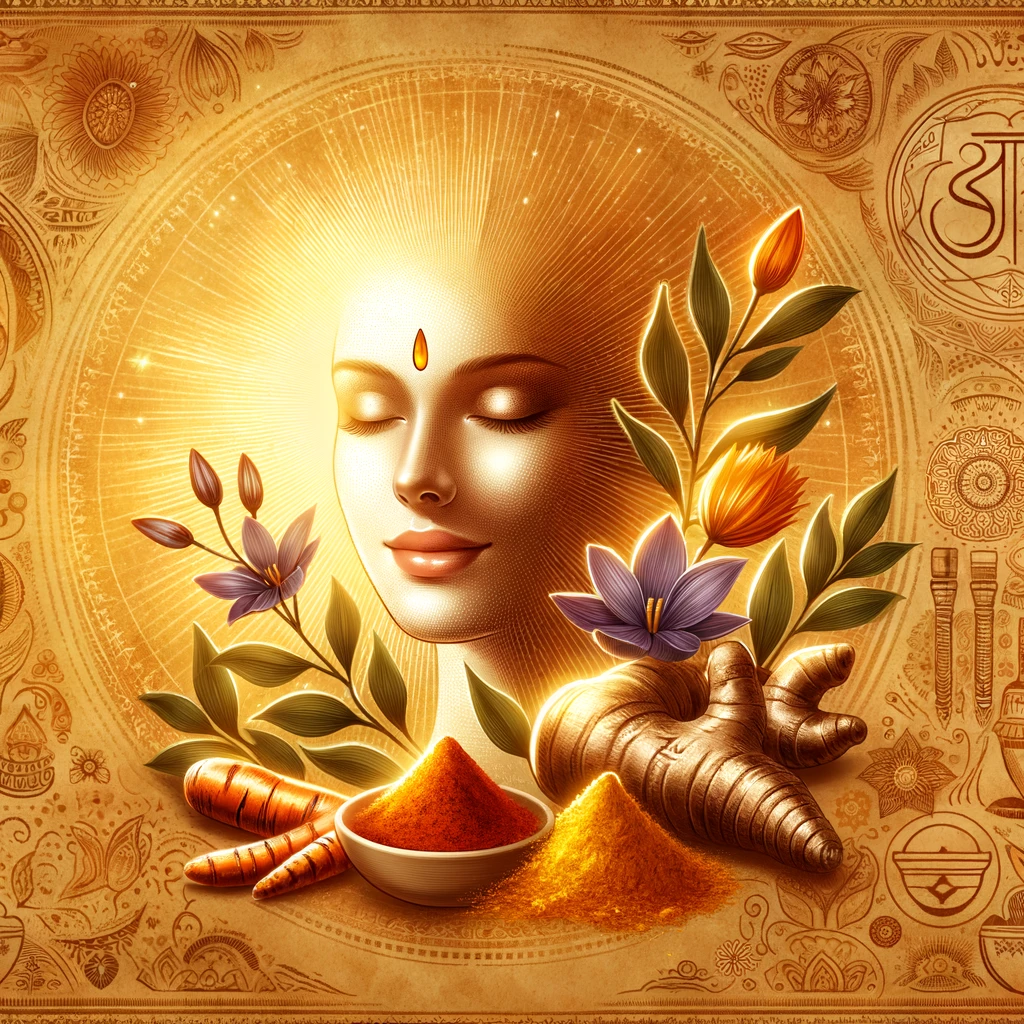
Ayurvedic Medicine: A Fusion of Ancient Wisdom and Modern Treatments
Ayurveda is one of the earliest techniques having a revolutionary influence on systems across the world. Being traced back to thousands of years ago, Ayurveda is based on oriental principles that aim at achieving harmony of body and spirit in order to return to a healthy state.
Ayurveda is derived from two Sanskrit words; ‘Ayush’ meaning life and ‘Veda’ meaning science or knowledge, making Ayurveda the science or knowledge of life. However, it is assumed to have been devised by the ancient Indians, their theological chronicles the Vedas that recorded the prescriptions for health and cure. The fundamental books of Ayurveda are Charaka Samhita, Sushruta Samhita, and Ashtanga Hridaya as they talk about numerous components of medication, medical procedure, and prosperity.
Widely practiced in India Ayurveda consists of three fundamental principles referred to as doshas, namely Vata, Pitta and Kapha, which control all physiological and psychological processes in the human body. Thus, the primary aim of Ayurveda is to help regulate the excesses of the doshas and thus sustain this balance, strictly by diet, lifestyle, including herbs and spirituality.
Influence
At the present time, Ayurveda has become one of the most prevalently used systems of treatment in India and has rapidly gained a loyal following internationally. The Indian government has officially incorporated Ayurveda in the country’s health sector; therefore, numerous Ayurvedic colleges, hospitals, and clinics exist in the country. Kerala is familiarised as the heart of Ayurveda and thousands of people visit this place to get Ayurvedic treatments.
Other than India, Ayurveda is also employed in other nations such as Nepal, Sri Lanka, and Bhutan as a principal system of healing. An integration of Ayurveda into the western society has led to its participation in shaping many ideologies within holistic and all the other areas of health and wellbeing that generally comprises the wellbeing industry. Thus, Ayurvedic concepts slowly infiltrated the practice of contemporary fitness regimens, yoga, and diets.
Advantages
Minimal Side Effects:
It is common that Ayurveda therapy is less dangerous due to the application of natural products. On the other hand Allopathy uses pharmaceutical drugs which sometimes cause side effects and become dependent on it.
Focus on Root Causes:
Since Ayurveda seeks to treat the diseases from their origin, it is learned that Ayurveda offers greater and longer lasting cures than those given by the allopathic treatments of the western world.
Personalized Care:
The possibility of developing more specific programs and treatments for patients in Ayurveda can give an advantage in some cases due to its custom approach.
Holistic Health:
Since Ayurveda works with the principles that govern the people’s lives, including their emotions and spirituality, it is holistic in nature.
Common Ayurvedic Practices
Panchakarma:
The process of purification and regeneration that implies various kinds of therapeutic procedures such as massages, herbal remedies, and cleansing processes.
Herbal & Natural remedies:
Traditional remedies and cure uses of Indian natural products like Ashwagandha, turmeric and neem.
Diet and Nutrition:
Recommendations of foods that are specific to the person’s constitution so as to help restore balance.
Yoga and Meditation:
Implemented as regular practice in the course of the day with the aim of enhancing one’s psychological and physiological health.
Rasayana Therapy:
Beauty treatments targeting both young and elderly people and designed to enhance their health span.








